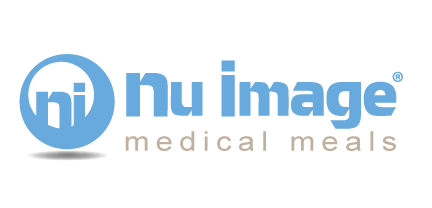Exercise SMARTER With HIIT - High Intensity Interval Training
Mar 16, 2015
 We all wish for more hours in the day – and while I can’t promise you that, I can help you make the most of the time you do have when it comes to exercise.
We all wish for more hours in the day – and while I can’t promise you that, I can help you make the most of the time you do have when it comes to exercise.
HIIT – or high intensity interval training – can help you maximize the time you spend working out. If you’ve heard of HIIT workouts and discounted them as being for elite athletes and iron women, listen up. The average exerciser can burn many more calories in the same amount of time with HIIT workouts. The workouts can even be modified for those with chronic conditions such as obesity and diabetes. Anyone can participate and reap the benefits!
Plus, with all your free time, you'll be able to consider adding weight training into your overall exercise routine (which is vitally important) because you won't be spending HOURS doing cardio all the time!
The important thing to know about HIIT workouts is that they provide similar fitness benefits to longer endurance workouts in a shorter amount of time. This means that a HIIT workout can fit more easily into a busy schedule.
The next logical question is, “How Do I Get Started?”
First decide what kind of activity you’ll do – swimming, jogging, cycling, elliptical – it’s really up to you. Then, compose your own HIIT workout using an intense workout to recovery ratio of 1:1. For example, work at about 80% intensity, or a level where carrying on a conversation is difficult, for a set amount of time and then do a recovery exercise for that same amount of time. Repeat this cycle throughout your workout.
What is your idea for a HIIT workout?
Most any typical workout can be modified to become an effective HIIT workout. Just ensure that you have periods of high intensity alternating equally with periods of recovery. Here are two examples:
.png)
AfterburnWhat may be most interesting about HIIT, is that some of the increased benefit of a HIIT workout happens AFTER the workout. The post-exercise period is called “EPOC”, which stands for excess post-exercise oxygen consumption. This is generally about a 2-hour period after an exercise bout where the body is restoring itself to pre-exercise levels, and thus using more energy.
You can make a comparison to a car engine on a long trip – once you reach your destination the car’s engine stays warm for a while, gradually returning to its normal state. The same is true of your body –after a particularly intense workout, it takes longer for your metabolism to return to its normal resting state. The longer it takes to recover, the more calories you’ll be burning.
Science tells us that the vigorous nature of HIIT workouts translates to a modestly higher EPOC, generally adding about 6 to 15% more calories to the overall workout energy expenditure. That means for a workout that typically burns 400 calories, you can burn 24 – 60 additional calories afterwards.
In addition to burning more calories in less time, HIIT training has other general benefits to your health. According to the American College of Sports Medicine, HIIT training has been shown to:- Reduce stubborn abdominal fat and body weight while maintaining muscle mass – maintaining muscle mass while losing weight is essential to keep your metabolism working!
- Increase aerobic and anaerobic fitness – intervals help runners and cyclists get in shape for races by increasing fitness overall.
- Improve cardiovascular health – lowers blood pressure and improves cholesterol profile (Your heart is a muscle. Interval training pushes your heart to safely work hard and grow stronger).
- Improve insulin sensitivity – reduces your risk of developing type 2 diabetes
HIIT Hard, Then RecoverOne more important note – if you are drastically increasing the intensity of your workouts, you may need more recovery time and/or different recovery strategies.
Some examples might include using a foam roller (helps improve circulation), increasing protein in your diet (eaten after a workout, protein helps repair muscle tissue), and building in 48-hour rest periods between HIIT workouts (this gives your body time to rest, recover and replenish).
What’s the bottom line?
Choose quality over quantity when it comes to your workouts. Interval training can be a great answer for those with a busy lifestyle - but it is by no means a shortcut! This is good, hard work for your body that produces all the benefits we talked about. And remember, if your workout is not challenging you, it’s not changing you!
Please consult your physician before beginning any exercise or weight-loss program.
.jpg) Author: Kristen Ciuba
Author: Kristen Ciuba
Kristen is a Nutritionist at Diet-to-Go, based in Lorton, VA. She tries to “practice what she preaches” by fitting in healthy foods and cooking, challenging exercise, and quality time with family and friends every day!









